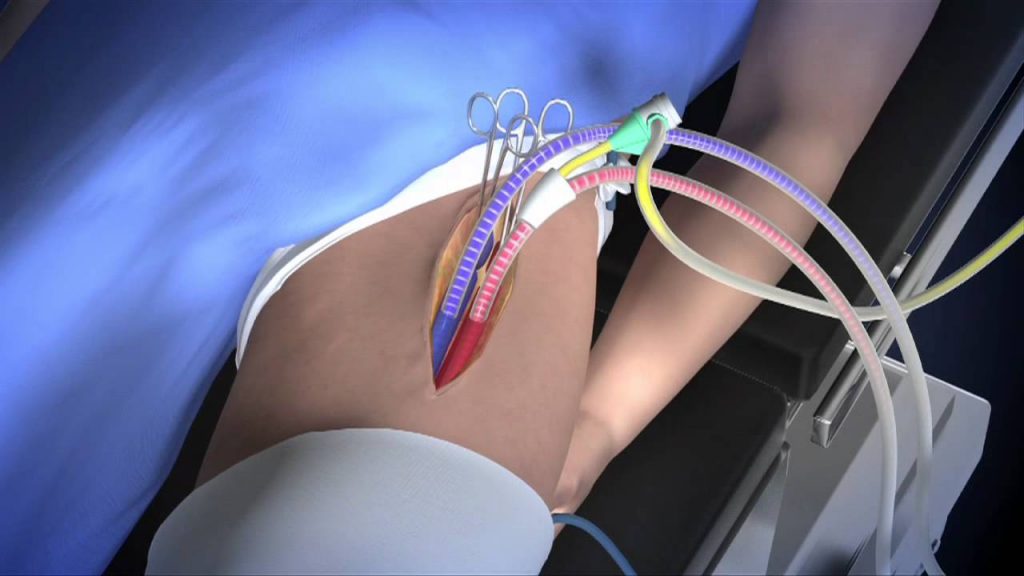Predictive Value of Scoring Tools in Determining Heparin-induced Thrombocytopenia in Patients on Extracorporeal Membrane Oxygenation

There are currently no scoring tools validated for use in predicting heparin-induced thrombocytopenia in patients receiving extracorporeal membrane oxygenation. This study aims to determine the predictive value of the Warkentin 4T score, Lilo-Le Louet score, and the heparin-induced thrombocytopenia expert probability score in detecting heparin-induced thrombocytopenia in patients on extracorporeal membrane oxygenation. This was a single center, retrospective, observational cohort study of patients at Rush University Medical Center. Heparin-induced thrombocytopenia–positive patients were defined as those with an optical density greater than or equal to 0.4, consistent with a positive anti-platelet 4 heparin antibody. Out of 39 patients on extracorporeal membrane oxygenation with suspected heparin-induced thrombocytopenia, six (15.4%) were found to be anti-platelet 4–positive. A heparin-induced thrombocytopenia diagnosis was confirmed by serotonin-release assay in two patients (5.1%). The 4T, heparin-induced thrombocytopenia expert probability, and Lilo-Le Louet scoring tools all demonstrated a low positive predictive value (21.4%, 16.7%, and 6.7%, respectively), with the 4T and heparin-induced thrombocytopenia expert probability scores demonstrating the highest specificity (66.7% and 84.8%, respectively) and lowest sensitivity (50% and 16.7%, respectively). The Lilo-Le Louet score had high sensitivity (100%) and low specificity (12.5%) in post-cardiopulmonary bypass patients. Based on the findings of this study, all three scoring tools have limited utility for predicting heparin-induced thrombocytopenia in patients on extracorporeal membrane oxygenation.
